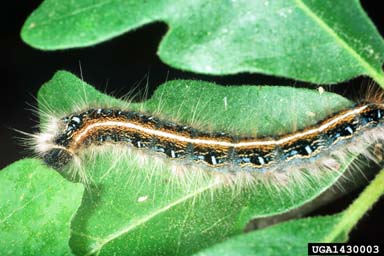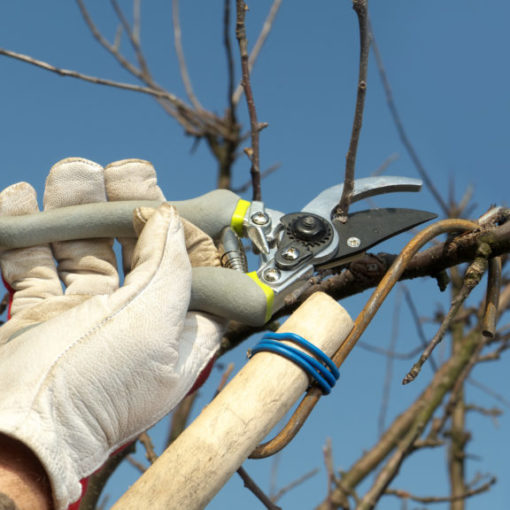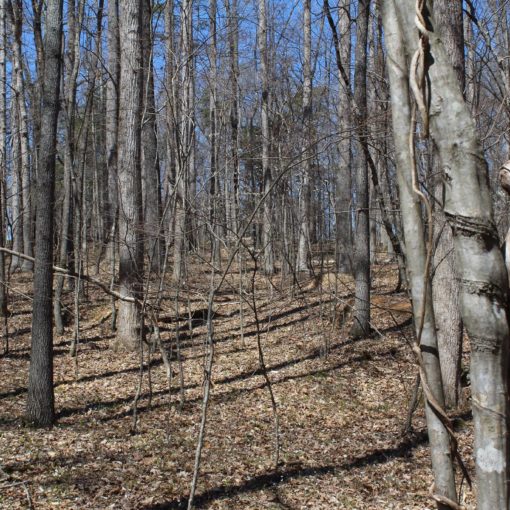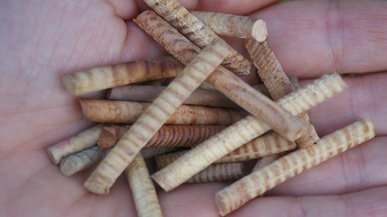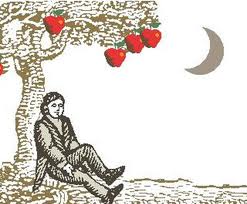 Gravity — the force that exerts downward pressure on everything on Planet Earth, keeping us all firmly planted to the ground — is a constant presence in an arborist’s mind. As Sir Issac Newtown puzzled over that apple, an arborist must make keen observations about how nature’s forces will cause different objects to fall.
Gravity — the force that exerts downward pressure on everything on Planet Earth, keeping us all firmly planted to the ground — is a constant presence in an arborist’s mind. As Sir Issac Newtown puzzled over that apple, an arborist must make keen observations about how nature’s forces will cause different objects to fall.
The landscape we inhabit is comprised of both natural and man-made forms, layering a depth of complexity to the task of mitigating risk in both tree removal and tree planting. The complexity layers further with every cut of the saw, dig of the shovel, rope placement, or rigging set: variables in fluid change. It is the job of an arborist to navigate these variables and offer a strategic plan for tree care.
For example, in a recent job, the goal was to remove several declining Virginia pine trees situated in my client’s back yard while protecting their deck, house, newly installed fence and the young desired hardwood growth. Each tree had its own set of inherent technical variables, different man-made and natural forms to navigate safely, and all required required respect for and work with that omnipresent force, gravity.
In the 1980’s Soren Eriksson pioneered new techniques for timber harvesting, offered through training program called The Game of Logging, which I was taught by Robin Avery, a seasoned logger at the University of Maine. One such technique I employed on the Virginia pine job was “Directional Felling.”
In directional felling, the arborist first uses a saw to establish an open-faced notch (at an angle greater than 90 degrees) in the direction he wishes the tree to fall. A fixed hinge is then created by plunging the bar of the chainsaw into the tree’s bole, parallel to the first notch. Back cutting is employed to further sever the tree’s bole, allowing room to insert wedges to gain mechanical lift to overcome any side or back lean.
A small section of uncut wood must be left at the back until all wedges have been placed. This uncut section serves as a trigger point which acts as a trigger to release the tree once the wedges have been tapped in. After this trigger has been cut, the sawyer will yell, “Tree falling!” Once the kerf (the saw cut made at the back of the bole) starts to open, gravity becomes an ally and takes over pulling the tree stem to the earth at 9.8 meters/second2. The tree will fall in the direction of the original notch while remaining fixed to the stump at the hinge point.
© 2014 Grateful Trees & Bees

